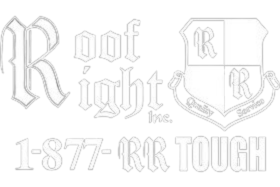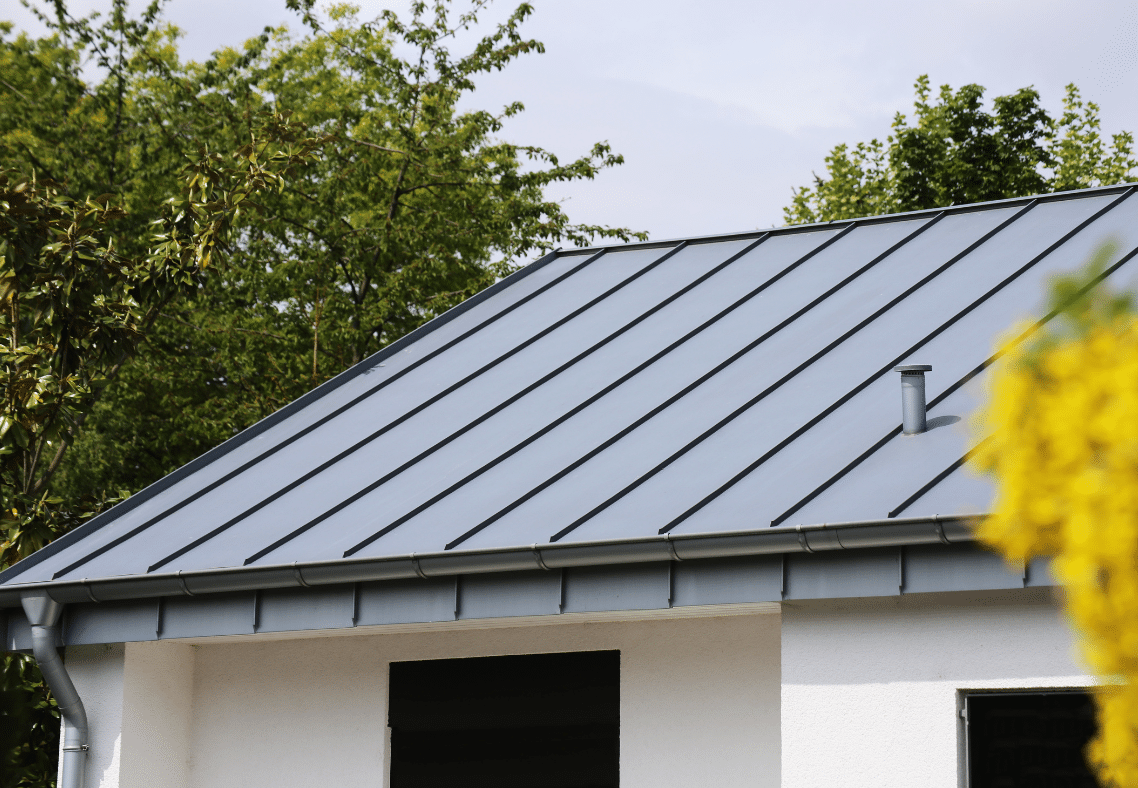Best Time For Maryland Homeowners To Get A Metal Roof Inspection
Roof Right: Exterior Home Remodeling Specialists in Maryland Contact UsSchedule A Free EstimateMaryland’s changing seasons can be both beautiful and unforgiving—clear skies in spring turn into humid summers, and winter storms bring snow, ice, and strong winds. Metal roofs are incredibly durable and suited to withstand our local climate, but they still require regular inspection to ensure longevity. For homeowners in Hampstead, Westminster, and the surrounding Carroll and Baltimore counties, knowing when to schedule a metal roof inspection is just as important as knowing what to inspect. Getting it wrong could mean missing early signs of damage, voiding warranties, or facing costly repairs. In this guide, we’ll cover the ideal timing for inspections, what Maryland homeowners should inspect, and why that timing matters specifically in our region.
Answering The Question: When Is The Best Time For Maryland Homeowners To Get A Metal Roof Inspection
Why Regular Metal Roof Inspections Matter
Metal roofs can last 40 to 70 years, depending on materials and care—but only if maintained properly. Even though metal is more resilient than asphalt shingles, it can still suffer from rust, loose fasteners, damaged flashing, and sealant degradation, especially in high-humidity and coastal areas like Maryland. Regular inspections help identify small issues—like loose screws or rust spots—before they become major problems, saving homeowners thousands over time. Just like your HVAC system or your car, your roof performs best when checked and serviced regularly.
Ideal Seasons for Metal Roof Inspections in Maryland
Spring (March–April)
Spring is widely heralded as the optimum time for roof inspections. After winter storms, snow, and freeze-thaw cycles, hidden damage such as rust, loose flashings, or fastener issues may be exposed. The mild weather conditions make it easier and safer for inspectors—human or pro—to walk roofs. Early inspection allows repairs before heavy spring rains or early heat arrives.
Fall (September–October)
Fall provides another ideal window for inspection—after summer heat and storms but before winter’s cold sets in. Inspecting in fall ensures that gutters are cleared, debris is removed, and the roof is sealed properly before ice, snow, or winter winds appear. This timing helps prevent issues like ice dams and sealant failure during colder months.
Best practice: Aim for at least two inspections per year, with spring and fall appointments forming your core annual tune-up schedule.
Additional Inspection Opportunities
- After Major Storms: Maryland homeowners should schedule an inspection anytime after a hurricane, hailstorm, or damaging winds. Even if no visible damage is apparent, micro-cracks or dislodged fasteners may go unnoticed without a proper check.
- Every 10–15 Years: Even for older roofs, a premium-looking metal roof may need quarterly inspections if it’s past a decade old. This is especially true in areas with extreme temperature shifts or near the coast where salt air accelerates metal corrosion.
What to Inspect on a Maryland Metal Roof
During a professional inspection, the following should be carefully reviewed:
- Fasteners and Seams: Loose screws, shifting fasteners, and misalignments are common after temperature changes or windstorms.
- Flashing and Sealant Integrity: Areas around vents, chimneys, and ridges are vulnerable. Degraded flashing allows leaks and should be tightened or replaced as needed.
- Rust or Corrosion: Even coated metal can suffer from rust spots, especially in humid or salty air environments. These should be cleaned and repainted or patched quickly.
- Debris Accumulation: Leaves, branches, and other debris can trap moisture against panels, creating corrosion or mold risks. Clear rooftop valleys and adjacent gutters during fall and spring inspections.
- Attic & Underlayment Condition: Moisture stains, mold, or insulation damage inside the attic may point to roof leaks or ventilation issues—not always obvious from exterior inspection.
Why Timing Is Critical For Maryland Homes
Maryland experiences a high variation in seasonal extremes—hot, humid summers; cold, icing winters; and the occasional storm surge near the Chesapeake Bay. This fluctuation can stress metal panels, cause flashing to contract and expand, and degrade sealants faster than in milder climates. Seasonal inspections timed around these transitions catch problems at their earliest stages.
How Often Should You Schedule Inspections?
- Standard Recommendation: Twice a year—spring and fall—regardless of roof age.
- Old Roofs (Over 15 Years): Consider quarterly or biannual inspections if you live near the coast or under heavy tree cover.
- After Severe Events: Always inspect following strong storms or unusual weather to confirm that no unseen damage occurred.
According to roofing experts, timely inspections are among the most effective ways to help your roof reach its full lifespan (often 40–70 years for metal) and preserve its warranty coverage.
Benefits of Seasonal or Annual Inspections
- Proactive Maintenance Saves Money: A small repair after spring inspection can prevent costly damage later.
- Extends Lifespan & Protects Warranty: Routine inspections are often required to keep warranty coverage intact—especially for expensive metal roofing systems.
- Prevents Emergency Repairs: Avoid winter leaks or summer heat loss due to undetected panel gaps or sealant failure.
- Energy Efficiency & Comfort: A well-sealed metal roof reflects heat better and keeps your home cooler in summer. Routine inspections ensure all components are optimal.
- Documentation for Insurance: If storm damage occurs, documented inspections help support claims with repair timelines and evidence of regular maintenance.
Why Have Professional Inspections
While homeowners can safely perform a visual check from the ground or attic, only a qualified roofing professional should inspect closely. Roof Right’s certified technicians examine fasteners, assess panel alignment, check sealants, and capture drone or photographic documentation to ensure thorough evaluation and compliance with insurance or warranty requirements.
What Happens If You Skip Inspections?
Ignoring recommended inspection windows often leads to:
- Accelerated corrosion or rust
- Loose or missing fasteners leading to leaks
- Sealant failures around penetrations
- Bypassed warranty coverage due to negligence
In Maryland, where storms and temperature swings are common, these effects can escalate rapidly.
Contact Roof Right for Metal Roof Inspections In Maryland
For Maryland homeowners, scheduling your metal roof inspection during spring and fall offers the best opportunity to catch issues early—before weather extremes cause damage. An experienced inspection can:
- Identify loose fasteners or flashing issues
- Locate minor corrosion or coating wear
- Clean and clear rooftop debris and valley channels
- Optimize attic ventilation and underlayment conditions
Serving Hampstead, Westminster, Annapolis, and surrounding counties, Roof Right specializes in thorough metal roof inspections tailored to our local climate. Whether your roof is just a few years old or several decades old, our inspections provide peace of mind, enhance performance, and protect your investment. Contact us today to schedule your fall or spring metal roof inspection. Let our skilled team help you anticipate issues before they become problems—keeping your roof strong, efficient, and long-lasting.
Areas We Serve
If you're looking for a roof contractor in Maryland, give Roof Right a call today at (410)-374-5923 to schedule an appointment!
Carroll County
Howard County
Clarksville, Columbia, Elkridge, Ellicott City, Fulton, Jessup, Laurel, Woodstock
Montgomery County
Baltimore County
Baldwin, Bradshaw, Carney, Cockeysville, Glen Arm, Hunt Valley, Jacksonville, Kingsville, Lutherville, Nottingham, Overlea, Owings Mills, Parkton, Parkville, Perry Hall, Phoenix, Pikesville, Reisterstown, Sparks, Timonium, Towson, White Marsh

